Laser drilling is the process of repeatedly pulsing focused laser beam on a material to create (semi)thru-holes.
Producing holes of a few micron with the highest level of precision
Laser drilling is the process of repeatedly pulsing focused laser beam on a material to create thru-holes. Drilling modes include ‘single pulse’ (for very thin materials), ‘percussion’ (for creating larger/deeper holes), ‘trepanning’ (for tapering holes) and ‘on the fly’ (for creating consecutive holes). For meeting all the different needs, Millux has developed a versatile high-speed laser drilling process methodology.
Laser drilling is simply drilling holes. Instead of a mechanical drill, we use a laser. These laser-drilled holes are mostly used for transporting liquids and gasses within high-tech machinery. It can be used for making cooling and lubrication equipment. Those parts are used in for example car motors, crankshafts and rocker arms, aeroplane motors or parts of the wafersteppers in semicon.
Millions of tapered holes in sheet material are used for al kind of filtration applications. With this technology very discrete high quality sieves can be made.
The holes we make with laser drilling are usually between 50 and 500 microns. With our specialised knowledge, we can produce holes with a diameter of just a few microns. We can meet the highest requirements in terms of precision – up until a diameter precision of just one micron.
Laser drilling has several advantages over classical mechanical drilling. They allow drilling under an angle or drilling different shapes such as conical holes. The range of materials and shapes is wider and you can process at a smaller dimension. It creates no burr and the resulting processed product is of higher quality. It is a contactless method, preventing the wear that usually occurs in mechanical drills.




